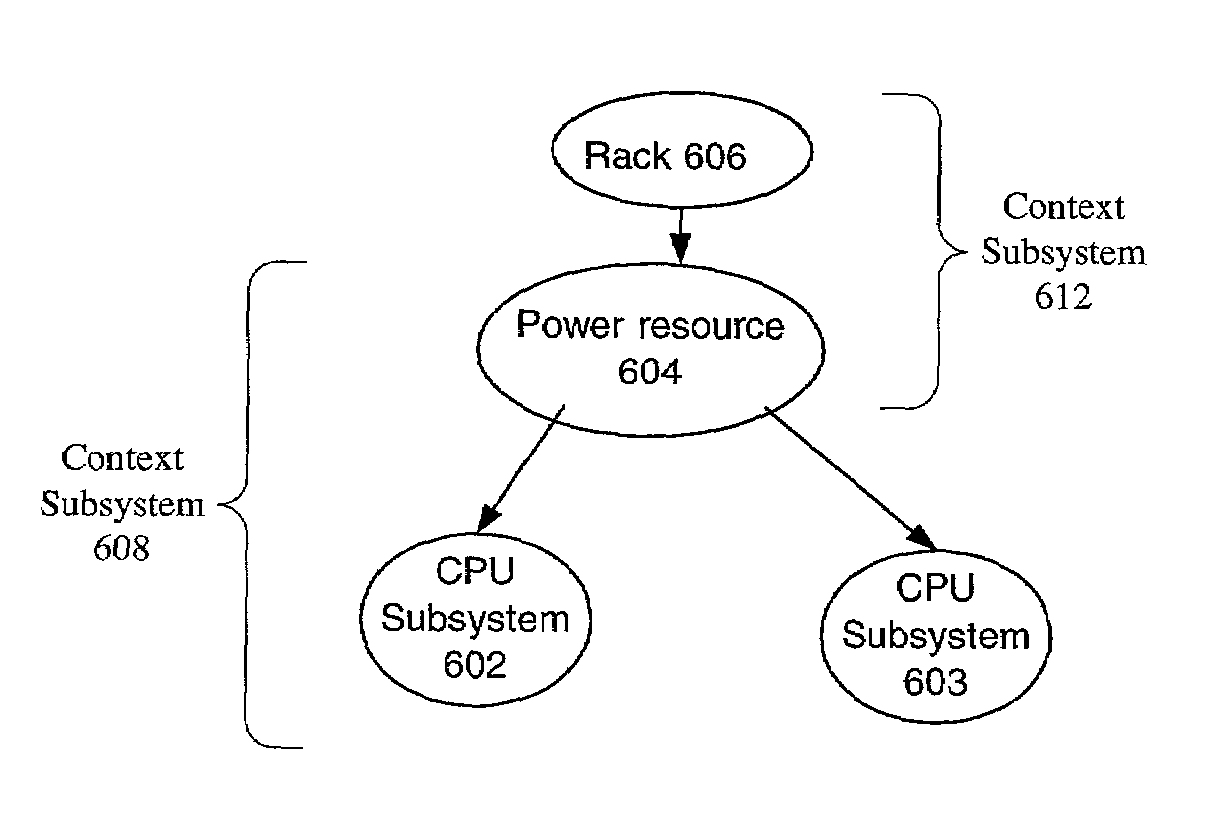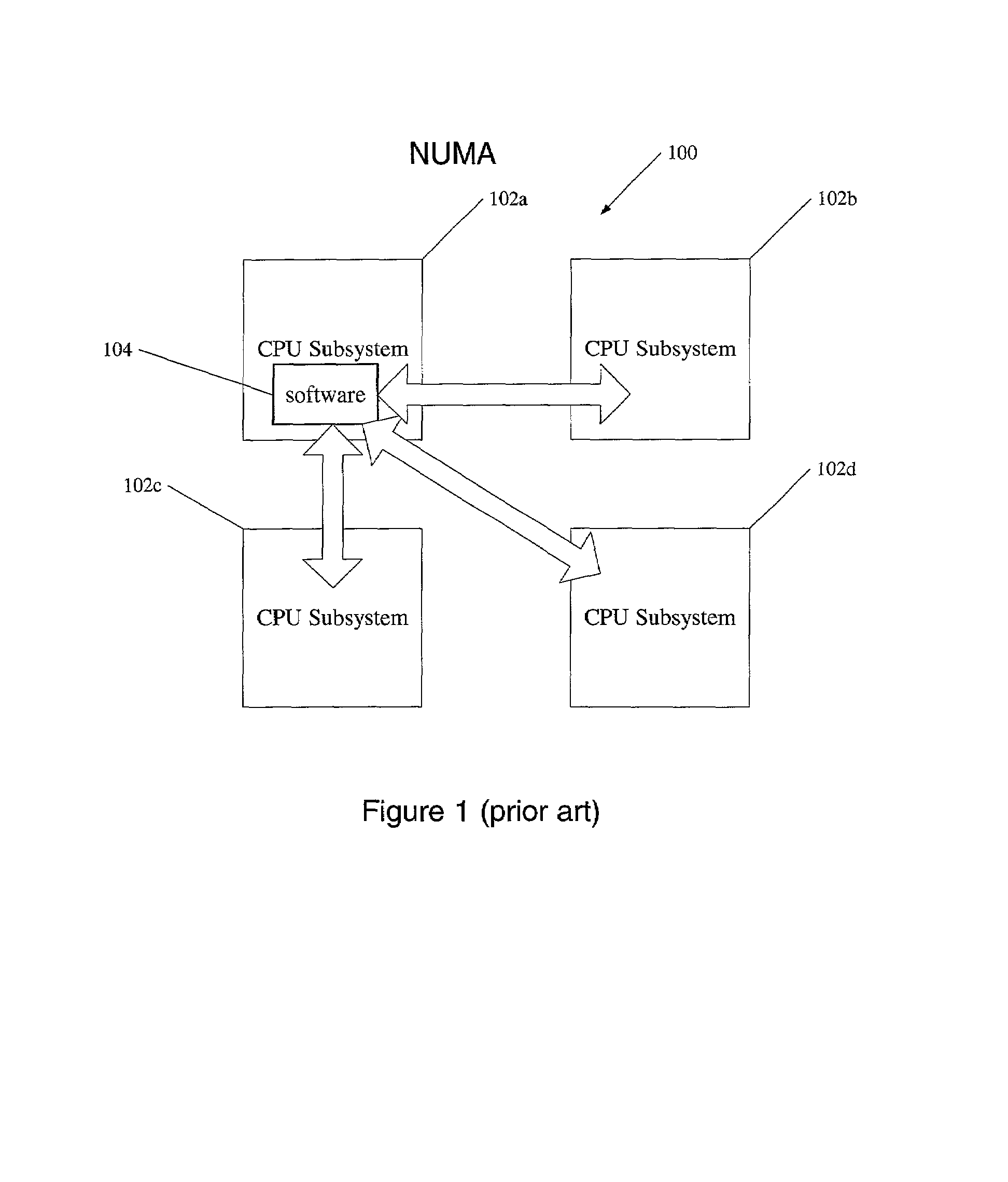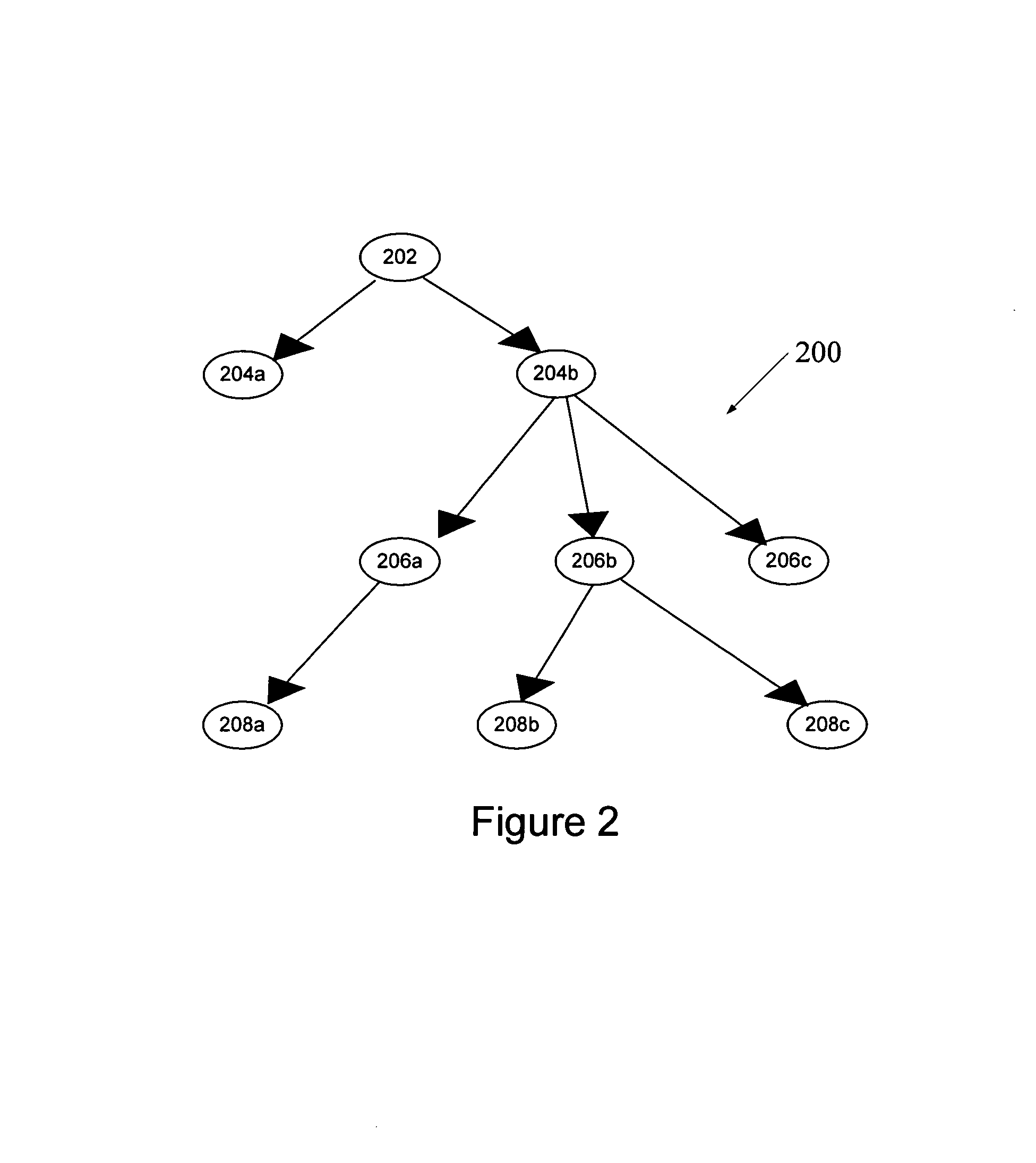Context subsystems for system configurations
a subsystem and context technology, applied in the field of context subsystems, can solve the problems of complex task of configuring a system, difficulty in implementing a system configuration, and need for computer-based assistance, and achieve the effect of simplifying the complex configuration relationship
- Summary
- Abstract
- Description
- Claims
- Application Information
AI Technical Summary
Benefits of technology
Problems solved by technology
Method used
Image
Examples
Embodiment Construction
)
[0043]The following description of the invention is intended to be illustrative only and not limiting.
[0044]Embodiments of the present invention address many of the difficulties encountered when configuring, maintaining, and organizing resource information for systems, especially complex systems. In general, a context subsystem is a logical (i.e. contextual) grouping of resources where at least one of the resources in the context subsystem is utilized by one of the other resources in the context subsystem. The term “logical” or “contextual” grouping is generally used to denote that the context is distinct from the physical configuration relationships. This does not mean that physical configuration relationships are irrelevant. It means that the context subsystem is determined based on a logical grouping of resources based on utilization rather than physical interconnectivity. The term resource can refer to an individual resource, a subsystem (i.e. a collection of resources), or a c...
PUM
 Login to View More
Login to View More Abstract
Description
Claims
Application Information
 Login to View More
Login to View More - R&D
- Intellectual Property
- Life Sciences
- Materials
- Tech Scout
- Unparalleled Data Quality
- Higher Quality Content
- 60% Fewer Hallucinations
Browse by: Latest US Patents, China's latest patents, Technical Efficacy Thesaurus, Application Domain, Technology Topic, Popular Technical Reports.
© 2025 PatSnap. All rights reserved.Legal|Privacy policy|Modern Slavery Act Transparency Statement|Sitemap|About US| Contact US: help@patsnap.com



